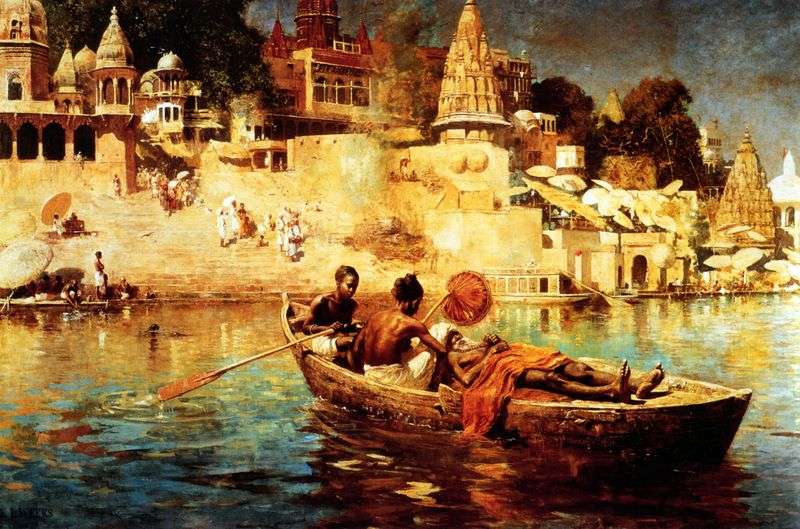
Despite the fact that modern fashion is universal and ubiquitous, most Indians adhere to the traditional style of dress. The mystery remains, why constantly experiencing the influence of different cultures, Indian national clothes invariably remain popular among the most diverse layers of the population. No family celebration, formal ceremony or celebration can not do without these elegant outfits.
Bright, rich colors of women’s clothing, emphasizes beauty and elegance, men’s clothing is extremely comfortable and suitable for a hot climate. Indian national clothes are very diverse, each region, city, village has its own style, color scheme and a special way of draping. There is no common style, but one can distinguish national elements of the Indian style. For example, in almost all regions, men wear a dhoti, which is a strip of fabric, artfully draped on the hips. This loincloth is called differently in different languages. In the language of Bengali – dhuti, Punjabi – laacha, Tamils refer to this Veshti clothing, in Malayalam it is called Mundu. Drapery of the dhoti starts from the middle, the central part of the strip of fabric is wound on the hips, and then tied in front of the knot. The left end of the strip is folded and wrapped around the left leg, and then plugged behind the waist behind. The right end of the strip is laid behind the waist in the front.
In the north of India, dhotis is preferred to dress with a long shirt called kurt. In the south of India, dhoti is worn with angavashtram, shoulder-strapped cloak.
In some regions, men walk in the lungs, this is a strip of fabric, sewn on the likeness of a skirt.
Kurt, you can wear it with narrow pants called shuridars, or with shalwar, and with wide and loose pajas. They wear kurt, both in official and not in official cases, in general everywhere.
Summer kurts are sewn from silk and cotton, winter from wool or special fabric of khadi, made by hand. Buttons are not sewn, but tied. It’s interesting that this traditional Indian clothing is becoming more popular outside of India.
The long coat is shervan, fastens up to the collar, it looks particularly good on tall men. They wear sherwani either with churindars or with shalvars. Sewing of sateen or silk is made and decorated with shines, embroideries and mirrors. This kind of men’s clothing is Pakistan’s national clothing.
A very popular headdress in India is the turban. Its most common name is pagri. Turban-pagri, soaked in water, then put on his head and saves from the burning heat throughout the day. In different states, the pagri is wrapped in different ways, very often the size of the pagri indicates the status of the owner and his position in society. The turban of the Sikhs is called the dastar. Sikhs wind the dastar on a knot from the hair, while closing the ears. According to religious norms, sigthas never cut their hair and never show them in public.
The most favorite and popular women’s outfit in India is sari, it is also well known to Europeans who do not represent an Indian in another outfit. Sari is a piece of cloth from five to nine meters long, cotton or silk. Sari outfit for a holiday and for every day. There are many ways to drape this dress. But most often the sari is tied around the waist, creases are formed ahead, and the end, called the pal, is thrown over the shoulder. Wear sari with blouse-choli and lower skirt. Wedding sari, handmade, always individually, after its production sketches are destroyed and the outfit remains unique forever.
Traditional clothing for Indian women is salvar kameez. Especially this outfit is popular in Punjab, therefore it is often called simply Punjabi. Salvar or simply trochans are always free in the upper part and narrowed from the bottom. Kamize is a long tunic with cuts on the sides. Kamize, long to the knees, has cuts on each side, it is very convenient when walking. Kamize can be combined with churindars, sharara or patiala. An addition to salvar kamizu is a scarf-duppa, designed to draw attention to along. Another woman’s outfit is lenga-choli. Lenga skirt and chili blouse, which can be both short and long. Complement Langa-choli cape.
 Before the mosque by Edwin Vicks
Before the mosque by Edwin Vicks El último viaje – Edwin Weeks
El último viaje – Edwin Weeks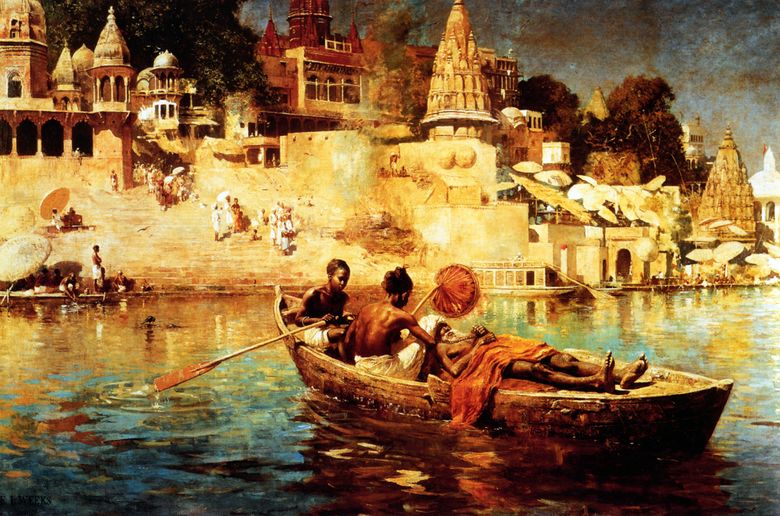 Dernier voyage – Edwin Wicks
Dernier voyage – Edwin Wicks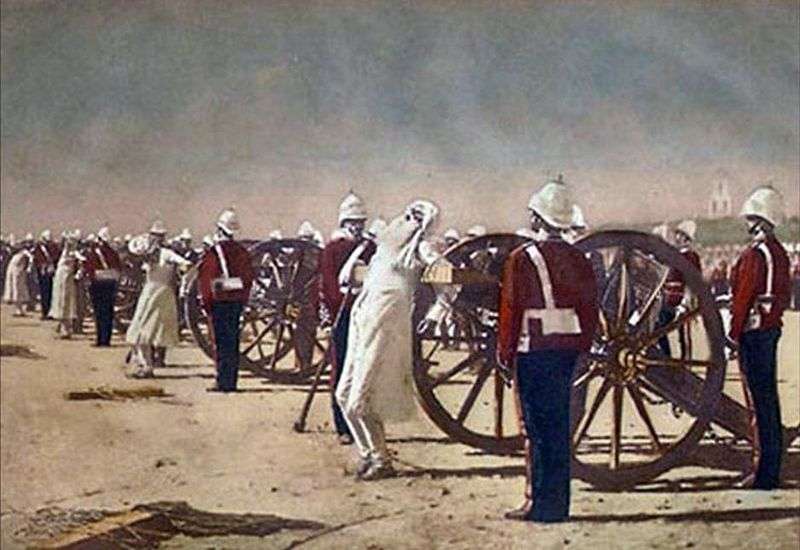 The suppression of the Indian Uprising by the British by Vasily Vereshchagin
The suppression of the Indian Uprising by the British by Vasily Vereshchagin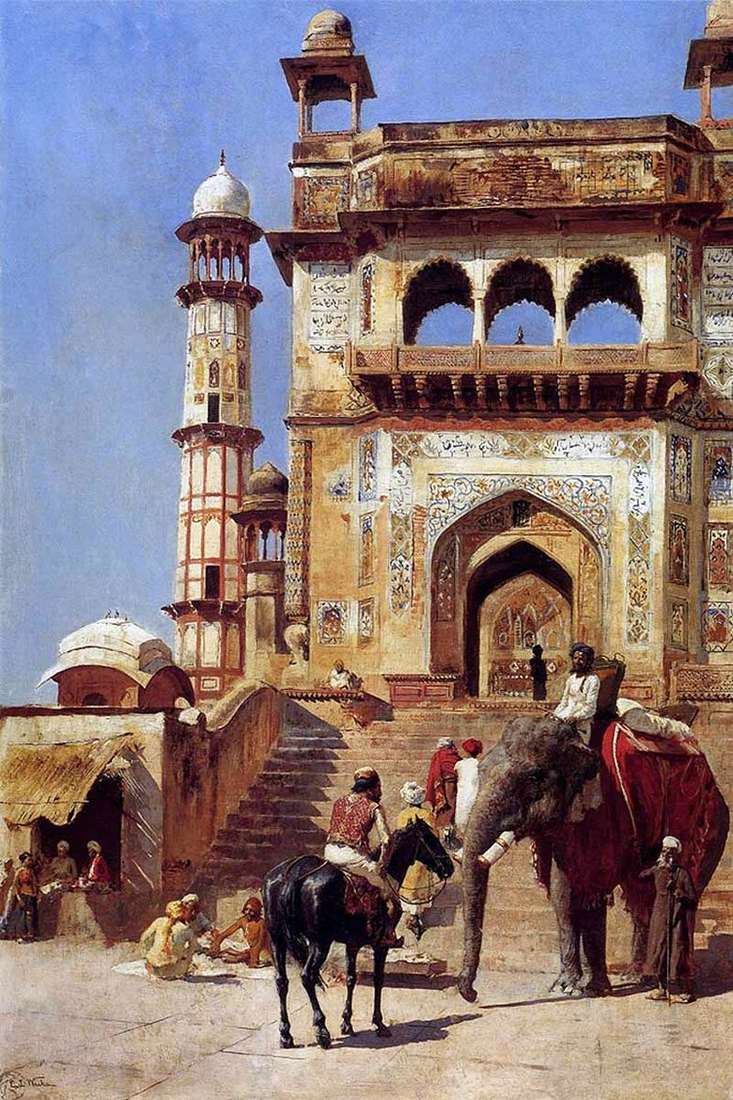 Antes de la mezquita – Edwin Weeks
Antes de la mezquita – Edwin Weeks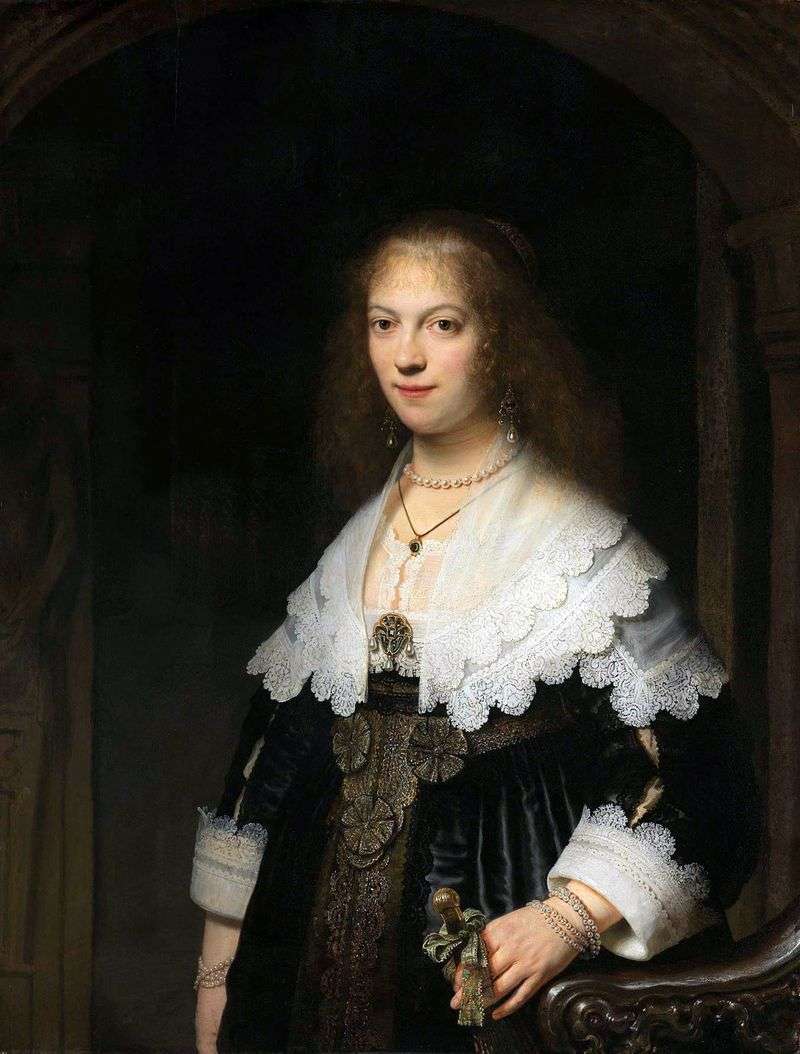 Portrait of Maria Trip by Rembrandt Harmens Van Rhine
Portrait of Maria Trip by Rembrandt Harmens Van Rhine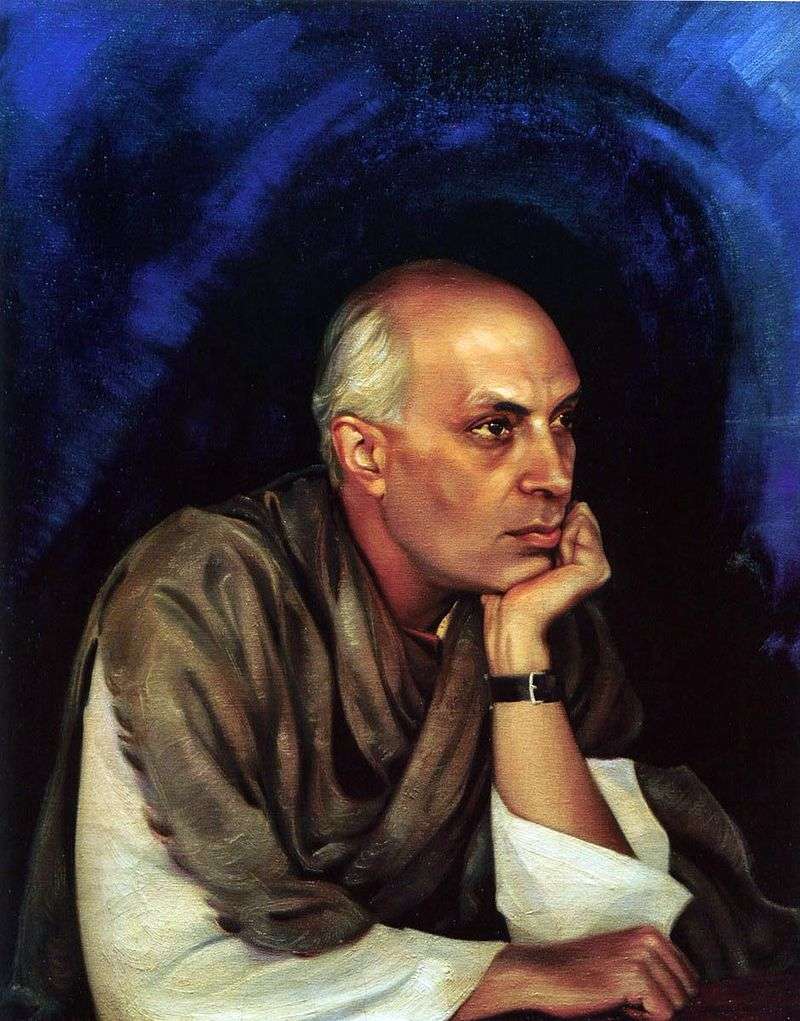 Pandit Jawaharlal Nehru by Svyatoslav Roerich
Pandit Jawaharlal Nehru by Svyatoslav Roerich Mountain stream in Kashmir by Vasily Vereshchagin
Mountain stream in Kashmir by Vasily Vereshchagin